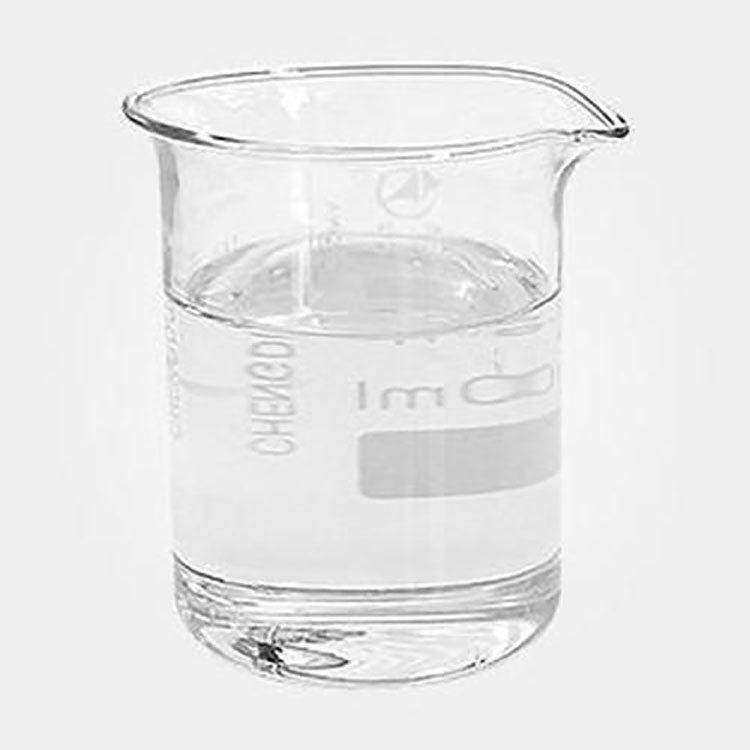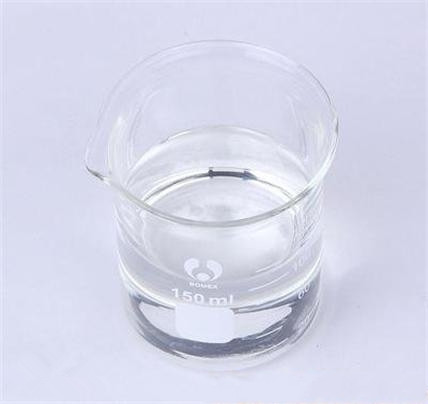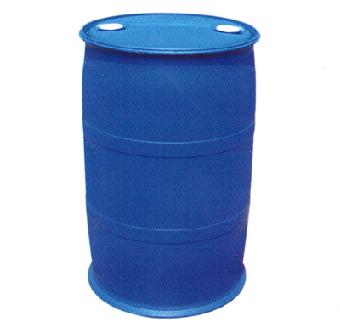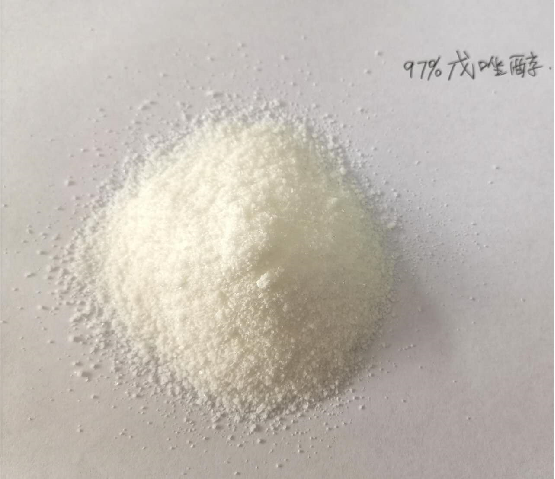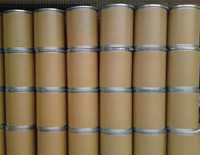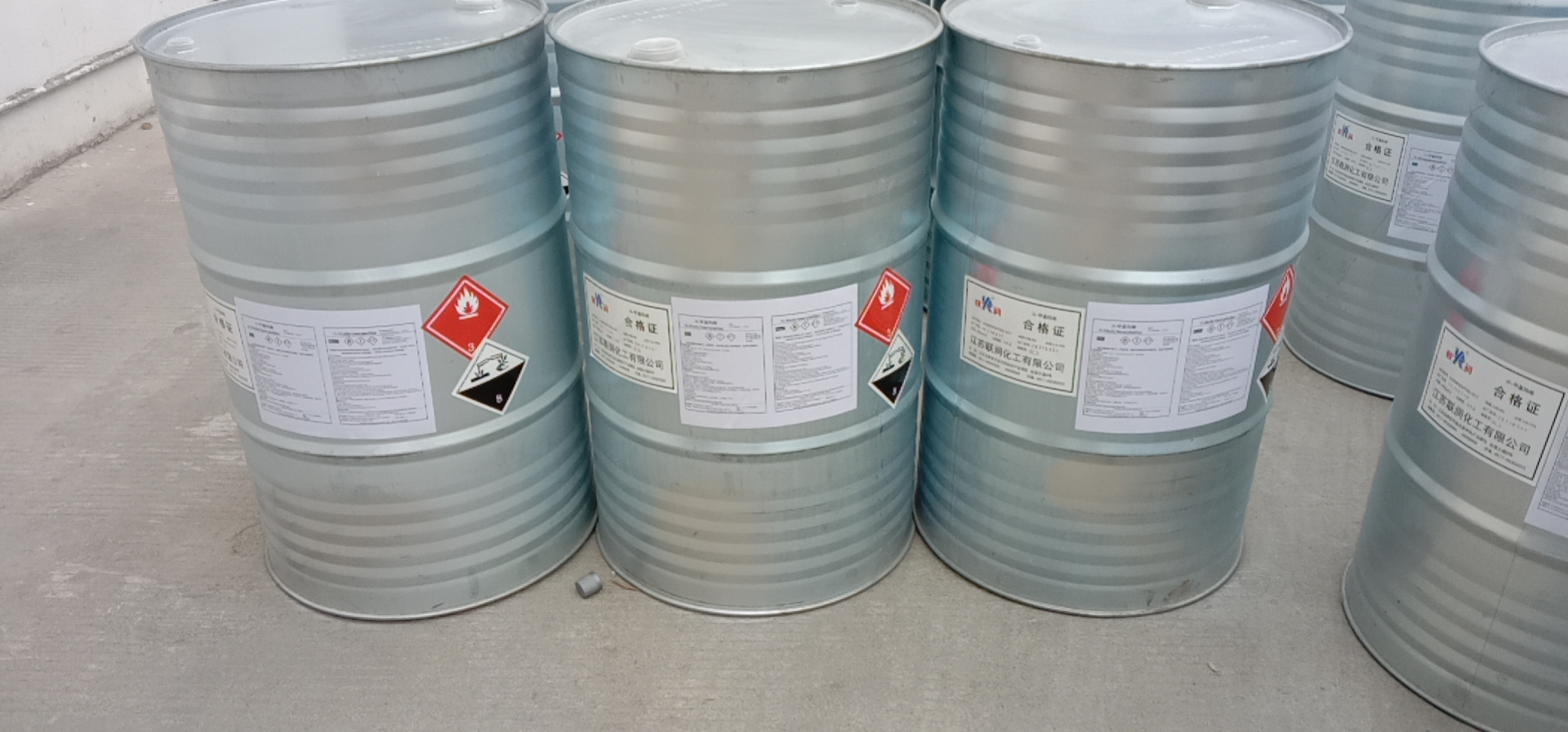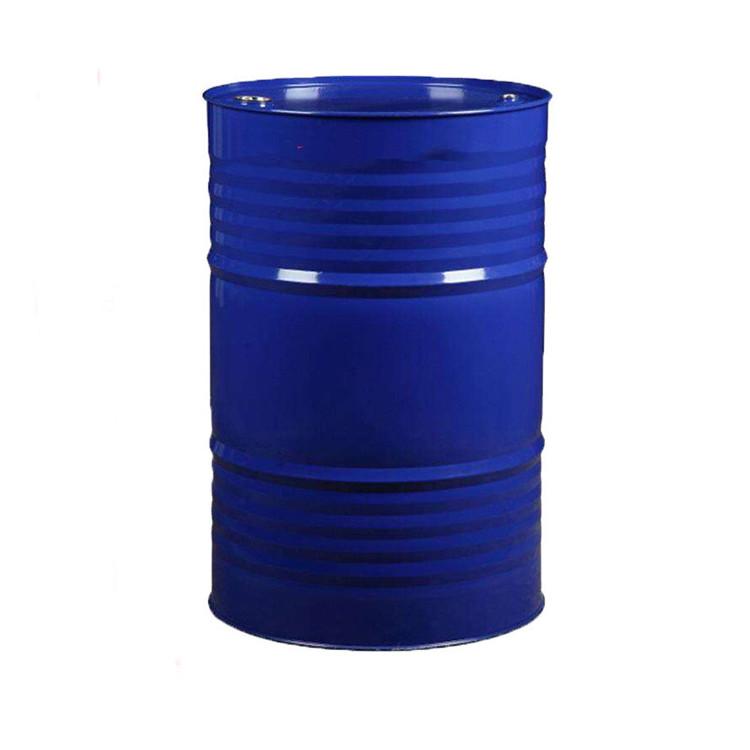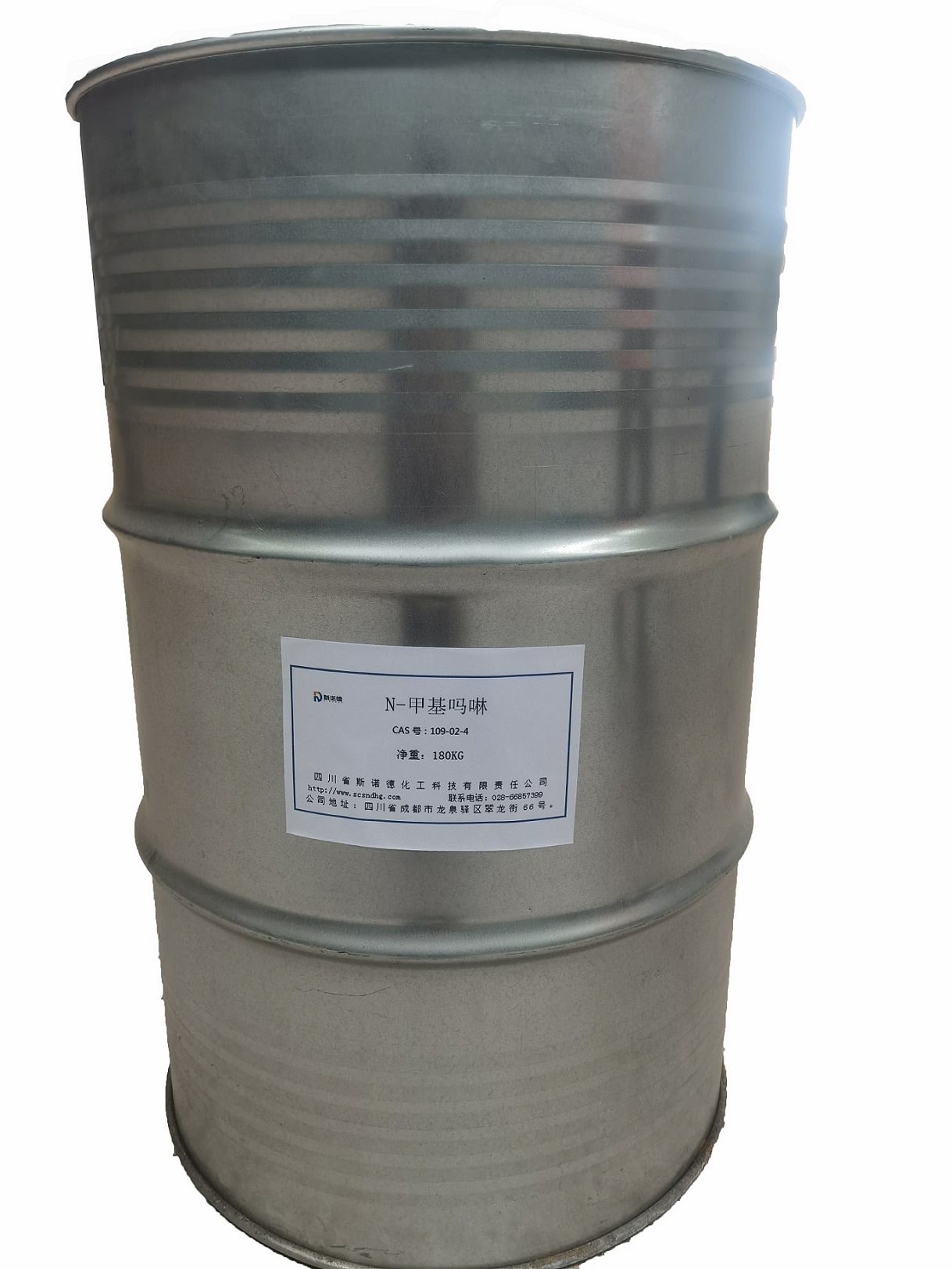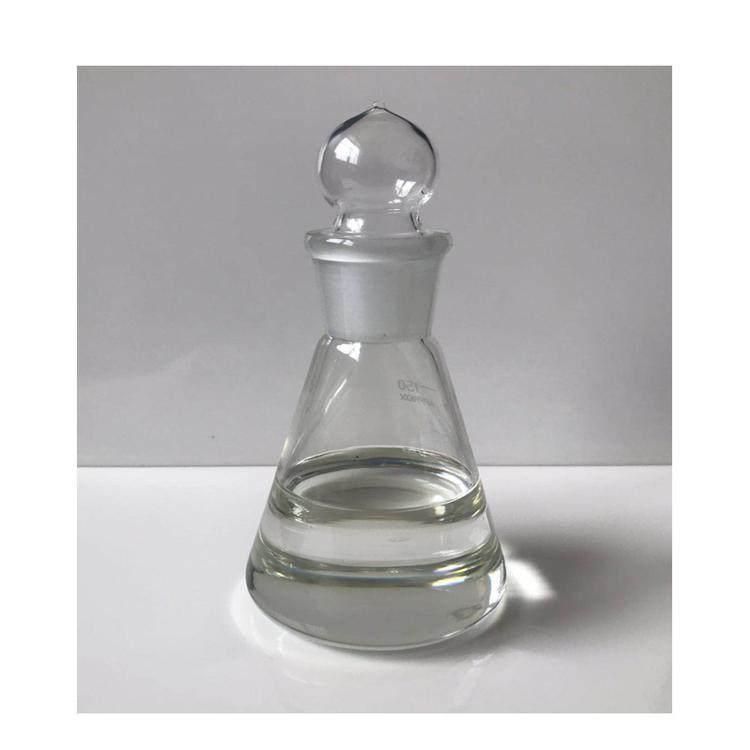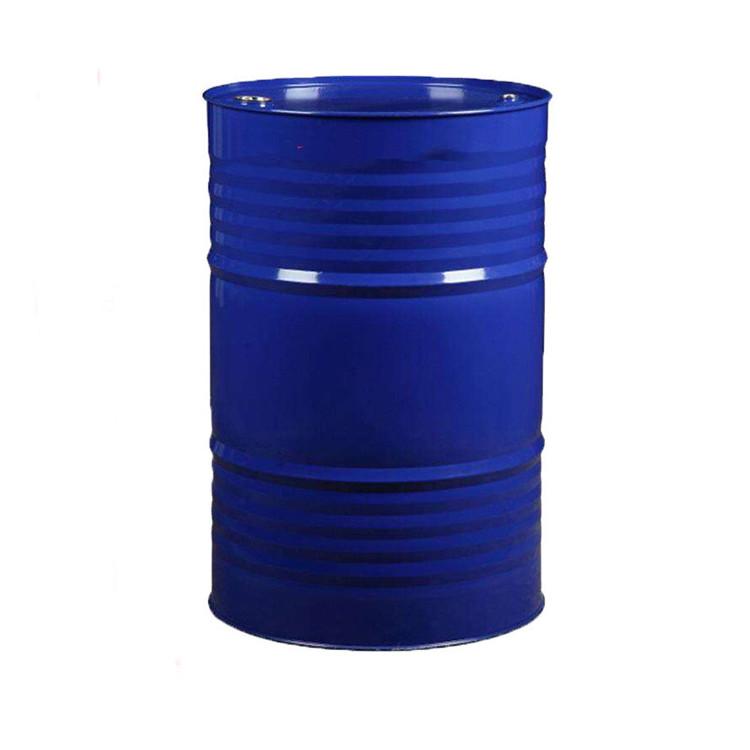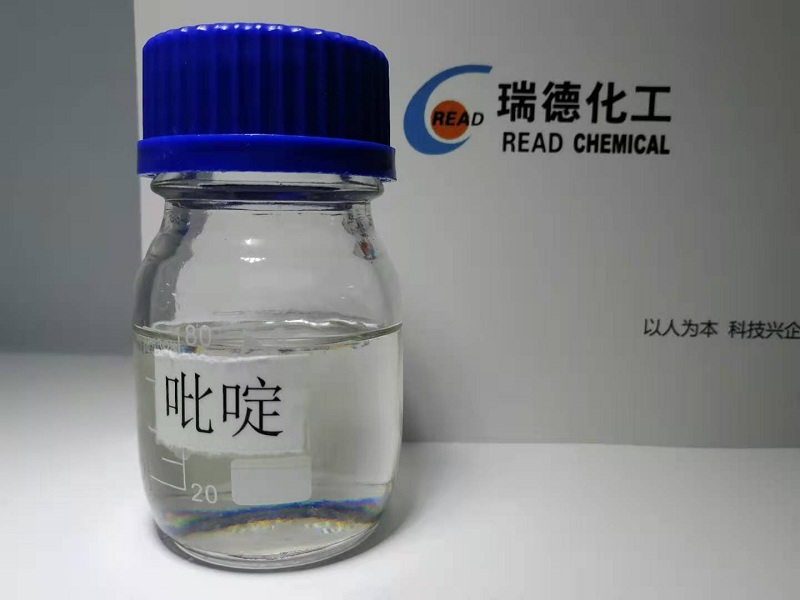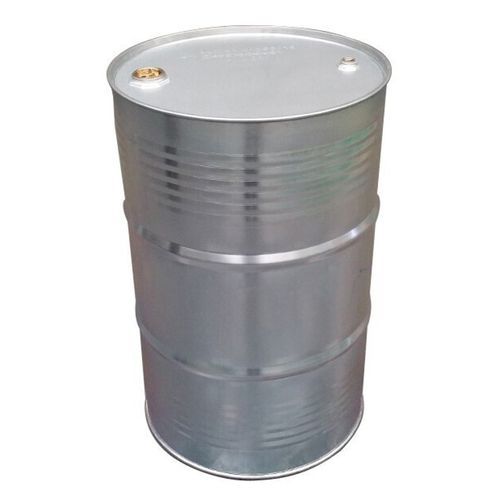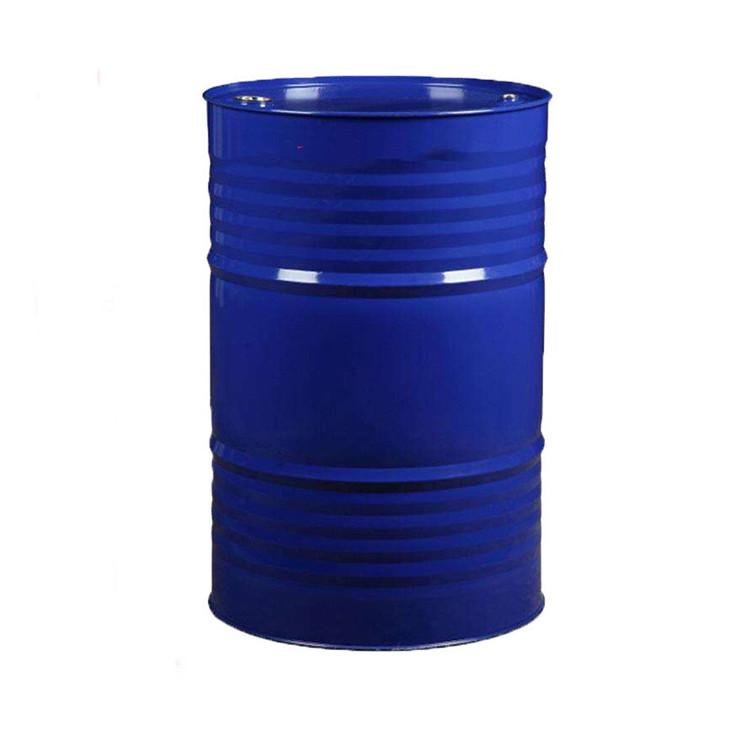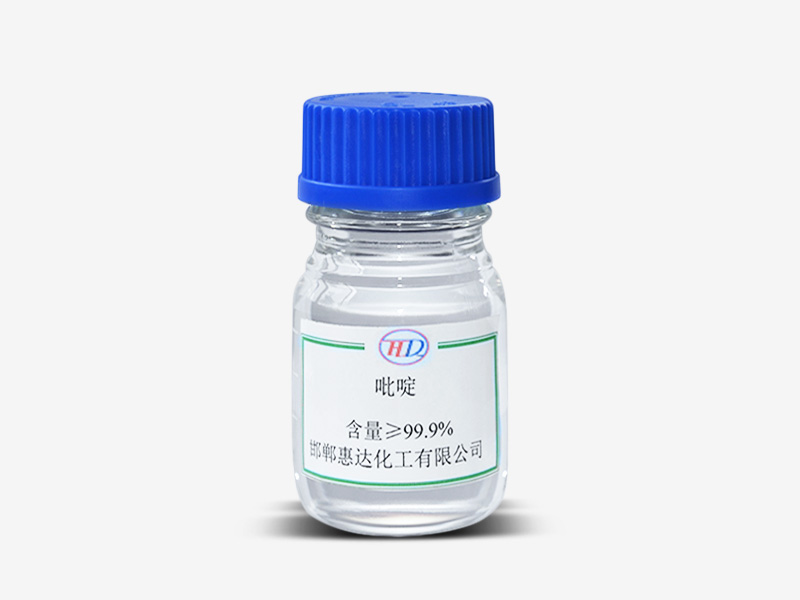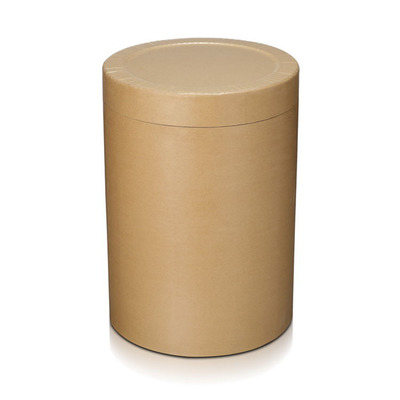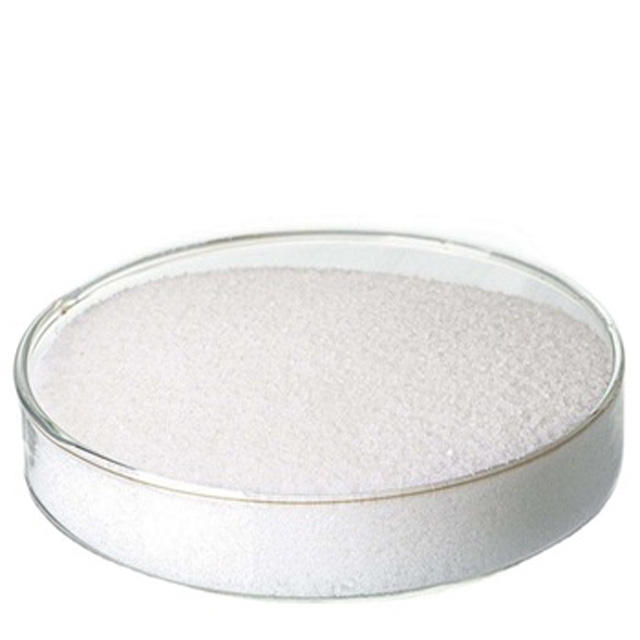Agrochemicals
Find
1818
related chemicals for you
CAS:106-43-4
Molecular Formula:C7H7Cl
Alias
More Information
1-Chloro-4-Methylanthraquinone; 4-Methyl-Chlorobenzene; 4-Chloro-1-Methyl-Anthraquinone; P-Tolyl Chloride; 1-Methyl-4-Chlor-Anthrachinon; 9,1-Chloro-4-Methyl; 1-Chloro-4-Methyl-9,10-Anthraquinone; P-Chlorotoluene; 4-Chlor-1-Methyl-Anthrachinon; 9,10-Anthracenedione,1-Chloro-4-Methyl; Para-Chlorotoluene; 1-Chloro-4-Methyl-9,10-Dihydro-9,10-Anthracenedione; Benzene, 1-Chloro-4-Methyl-; 1-Chloro-4-Methylbenzeene; 4-Tolyl Chloride
Brief Introduction
P-chlorotoluene is the intermediate of fenvalerate, Paclobutrazol, Uniconazole, trifluralin, chlorpyrifos, and so on. It can also be used to produce p-chlorobenzaldehyde, which is used as dye and pharmaceutical intermediate. The p-chlorobenzoyl chloride is the intermediate of xiaoyantong, and the p-chlorobenzoic acid is the raw material of dye and textile finishing agent.
Suppliers
View More Vendors (5) >
CAS:107534-96-3
Molecular Formula:C16H22ClN3O
Alias
More Information
Fenetrazole; Ethyltrianol; 1-(4-Chlorophenyl)-4,4-Dimethyl-3-(1,2,4-Triazol-1-Ylmethyl)Pentan-3-Ol; (Rs)-1-(4-Chlorophenyl)-4,4-Dimethyl-3-(1H-1,2,4-Triazol-1-Ylmethyl)Pentan-3-Ol
Brief Introduction
Tebuconazole is a triazole fungicide. It is a high-efficiency fungicide used for seed treatment or leaf spraying of important economic crops. It can also conduct to the top of the object and kill the bacteria in the object. Its bactericidal mechanism is mainly to inhibit the biosynthesis of ergosterol of pathogenic bacteria, and can prevent and control diseases caused by powdery mildew, stem rust, coracospora, nuclear cavity bacteria and chaetospora. At present, it is used as seed treatment agent and foliar spray all over the world. It has broad spectrum of bactericidal activity, high activity and long duration. It is mainly used to control a variety of fungal diseases on wheat, rice, peanuts, vegetables, bananas, apples, pears, corn sorghum and other crops.
Suppliers
View More Vendors (5) >
CAS:109-02-4
Molecular Formula:C5H11NO
Alias
More Information
N-Methylmorpholine; Methylmorpholine; N-Me-Morpholine; 4-Methyl Morpholine; 4-Methylmorfolin; Morpholine,N-Methyl; Morpholine,4-Methyl; 4-Methylmorpholin; Morpholine, 4-Methyl-; N-Methyl Morpholine; 1-Methylmorpholine; Nmm; nmm base; nmm Chemical; 4-Methyl-1-Oxa-4-Azacyclohexane; Akos 89985; Lupragen(R) N 105
Brief Introduction
N-Methylmorpholine is an important fine chemical product. It is an excellent solvent, emulsifier, corrosion inhibitor, polyurethane foam catalyst, and can also be used as pesticide intermediate. It is also used in the synthesis of surfactant, lubricant coolant, metal antirust agent, fiber treatment agent and other fine chemical products. The main synthesis methods are N-methylation method using morpholine as raw material, cyclization method using diethanolamine as raw material, cyclization method using diethanolamine as raw material and synthesis method using dichloroethane as raw material.
Suppliers
View More Vendors (5) >
CAS:110-86-1
Molecular Formula:C5H5N
Alias
More Information
Azabenzene; Azine; Pyridin; Piridina; Pirydyna; Pyridine Crude
Brief Introduction
Pyridine is a six membered heterocyclic compound containing one aza atom, that is, a compound formed by the substitution of one carbon in benzene molecule with nitrogen. It is similar to benzene in that it has the same electronic structure and still has aromaticity. Pyridine and its derivatives are more stable than benzene, and their reactivity is similar to nitrobenzene. Due to the electron absorption of nitrogen atoms in the ring, the electron density at positions 2, 4 and 6 is lower than that at positions 3 and 5. The typical aromatic electrophilic substitution reaction occurs at positions 3 and 5, but the reactivity is lower than that of benzene, so it is generally not easy to nitration, halogenation and sulfonation. In addition, these substitution reactions are carried out in acidic medium. Pyridine forms positively charged ions, which make electrophilic reagents inaccessible. The halogens of 2-or 4-halopyridines are active. Because of the low electron density at positions 2 and 6, nucleophilic substitution reactions can take place at these positions, such as reaction with sodium amino or potassium hydroxide, to give corresponding 2-aminopyridine or 2-hydroxypyridine. Pyridine can also be used as denaturant and dyeing aid in industry, as well as the starting material for synthesis of a series of products, including drugs, disinfectants, dyes, food seasonings, adhesives, explosives and so on. Pyridine is toxic, inhalation, ingestion or skin contact can lead to reduced male fertility, can also cause cancer.
Suppliers
View More Vendors (5) >
CAS:120068-37-3
Molecular Formula:C12H4Cl2F6N4OS
Alias
More Information
5-Amino-1-[2,6-Dichloro-4-(Trifluoromethyl)Phenyl]-4-(Trifluoromethylsulfinyl)Pyrazole-3-Carbonitrile; Fipronil, Pestanal(R), Analytical Standard; Carbonitrile; Termidor; Fluocyanobenpyrazole; Prince; Regent; Goliath Gel
Brief Introduction
Fipronil is the first benzopyrazole used for pest control. Since its discovery in 1987, it has been widely used in many fields such as agriculture and veterinary medicine, and has become an important insecticide variety. Non prednisolone, trade name regent, is a new type of benzopyrazole insecticide. Compared with traditional insecticides (organophosphorus, pyrethroid and carbamate), it has the advantages of broad spectrum and high efficiency. It has been widely used in many agricultural fields and is a common insecticide for pest control. Fipronil is mainly produced by blocking γ- Aminobutyric acid receptor controlled Cl - channel induces Cl - flow, which causes the nervous system to be extremely excited and leads to the death of insects, so as to achieve the control effect on a variety of economic pests.
Suppliers
View More Vendors (5) >
Inquiry (
10
/ 10
)
Clear All
You can inquire for up to 10 products at a time
Sign In
Error!

